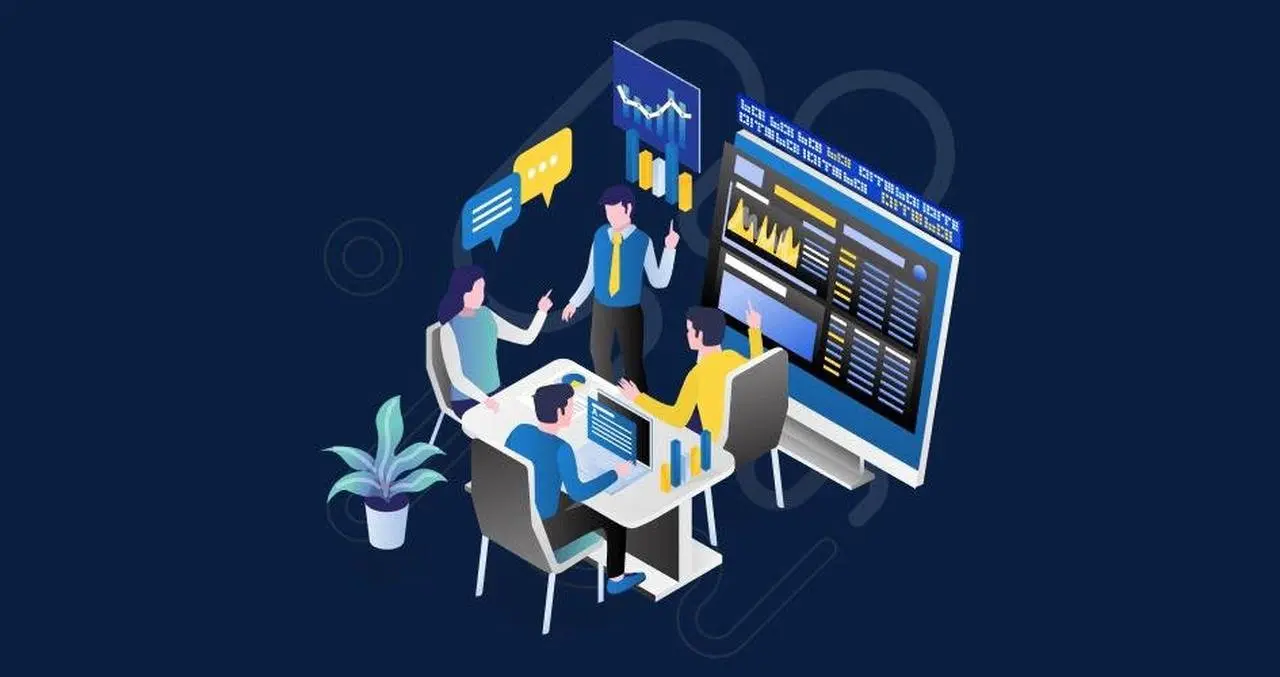In today’s rapidly evolving job market, securing top talent has become a formidable challenge for businesses. With an increasing focus on efficiency and precision in the hiring process, more companies are adopting staffing software to streamline recruitment. This article provides a comprehensive guide to staffing software, highlighting its features, benefits, and how it can revolutionize your recruitment strategy.
What Is Staffing Software?
Staffing software, also known as recruitment software, is a digital tool designed to automate and enhance various stages of the hiring process. By integrating multiple recruitment functions into a single platform, it simplifies the tasks of job postings, candidate tracking, and administrative duties. The use of staffing software enables businesses to improve hiring efficiency, reduce the time-to-hire, and ensure they attract the best talent.
Key Features of Staffing Software
Staffing software is packed with a variety of features designed to optimize the recruitment process. Here are some of the most important ones:
1. Applicant Tracking System (ATS)
An Applicant Tracking System (best ATS) is the backbone of staffing software. It allows recruiters to manage job applications from start to finish by streamlining job posting, application receipt, and candidate tracking throughout the hiring pipeline. The ATS also helps in filtering resumes and shortlisting candidates, making it easier to focus on the most qualified individuals.
2. Resume Parsing
Resume parsing technology automatically extracts and organizes information from resumes. This feature is invaluable for recruiters who need to quickly sift through large volumes of applications, identifying key skills, qualifications, and experiences. By automating the initial screening, resume parsing ensures that no qualified candidate is missed.
3. Job Posting and Distribution
Staffing software simplifies the process of posting job openings across multiple platforms. From a single interface, recruiters can publish job listings on job boards, social media, and company websites, increasing the visibility of their openings and attracting a more diverse pool of candidates.
4. Candidate Relationship Management (CRM)
Building and maintaining relationships with potential candidates is essential for successful recruitment. Staffing software often includes CRM features that allow recruiters to engage with both active and passive candidates through personalized communication, relationship-building efforts, and tracking of interactions.
5. Interview Scheduling and Management
Scheduling interviews, particularly when multiple parties are involved, can be a complex task. Staffing software provides tools for organizing interviews, sending reminders, and managing the logistics. Some platforms also offer integrated video conferencing capabilities, enabling smooth virtual interviews.
6. Reporting and Analytics
Data-driven decision-making is crucial in optimizing recruitment strategies. Staffing software provides detailed reporting and analytics on key metrics such as time-to-hire, sources of hire, and candidate conversion rates. These insights help organizations fine-tune their hiring processes and make informed decisions based on real-time data.
Benefits of Using Staffing Software
The implementation of staffing software offers several key advantages to organizations, enhancing every step of the recruitment process:
1. Increased Efficiency
By automating repetitive tasks and streamlining workflows, staffing software enables recruiters to focus on strategic activities. This increase in efficiency leads to a faster and more effective recruitment process.
2. Enhanced Candidate Experience
Providing a positive candidate experience is crucial in today’s job market. Staffing software improves the candidate journey by offering a user-friendly application process, timely updates, and clear communication. This professional experience can significantly improve a company’s ability to attract top talent.
3. Reduced Time-to-Hire
In a competitive market, reducing the time it takes to hire is essential. Staffing software speeds up the recruitment process by automating tasks like resume screening and interview scheduling, allowing organizations to secure the best candidates more quickly.
4. Higher Quality of Hires
With features such as ATS and resume parsing, staffing software helps recruiters identify and select the most suitable candidates for the job. This leads to better hiring decisions, improving employee retention and overall job performance.
5. Cost Efficiency
While there is an initial cost associated with implementing staffing software, the long-term savings can be substantial. By reducing reliance on external recruitment agencies, minimizing manual administrative tasks, and decreasing time-to-hire, businesses can achieve significant cost savings.
How to Choose the Right Staffing Software
Choosing the right staffing software is a critical decision that can impact your recruitment success. Here are some factors to consider:
1. Scalability
Ensure that the staffing software can grow with your business. Whether you’re a small startup or a large enterprise, the software should be capable of handling your recruitment needs as your company expands.
2. Integration Capabilities
Your staffing software should integrate seamlessly with existing HR systems and other business tools. This ensures smooth data flow and reduces the complexity of managing multiple systems.
3. User-Friendliness
The software should be easy to use and adopt. Look for an intuitive interface, simple navigation, and comprehensive support resources to ensure your team can use the software effectively.
4. Customization Options
Different businesses have different recruitment needs. Choose staffing software that offers customization options, allowing you to tailor workflows and features to suit your specific requirements.
5. Support and Training
Effective support and training are essential for maximizing the benefits of staffing software. Choose a vendor that offers ongoing support, whether through customer service, online resources, or training programs.
Conclusion
In an increasingly competitive job market, staffing software is an essential tool for modern recruitment. By automating and optimizing various aspects of the hiring process, staffing software enables organizations to attract, engage, and hire top talent more efficiently. Whether your company is a small business or a large enterprise, investing in the right staffing software can lead to faster, more effective recruitment and a stronger, more agile workforce.
As you explore different staffing software options, carefully assess your organization's needs, research available solutions, and choose a platform that aligns with your goals. With the right staffing software, you can transform your recruitment strategy and achieve long-term success in building a talented and dynamic team.


Leave a Comment